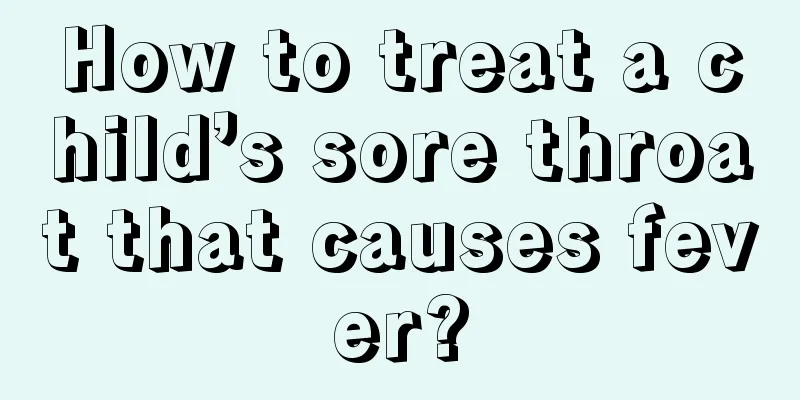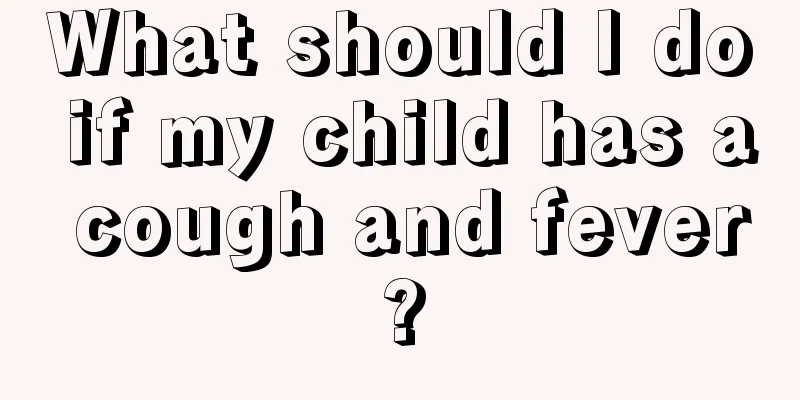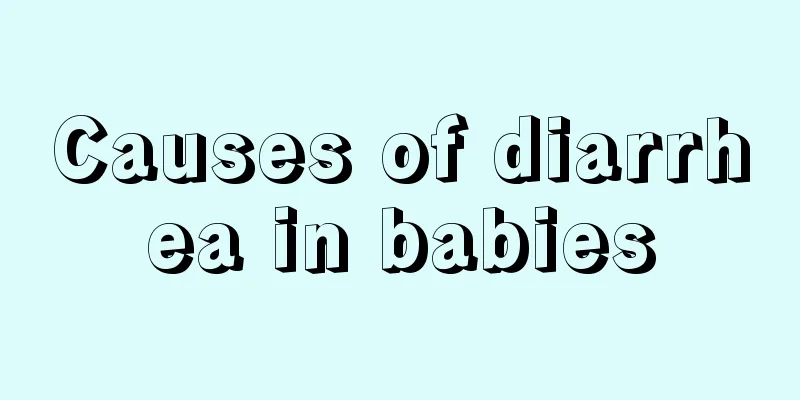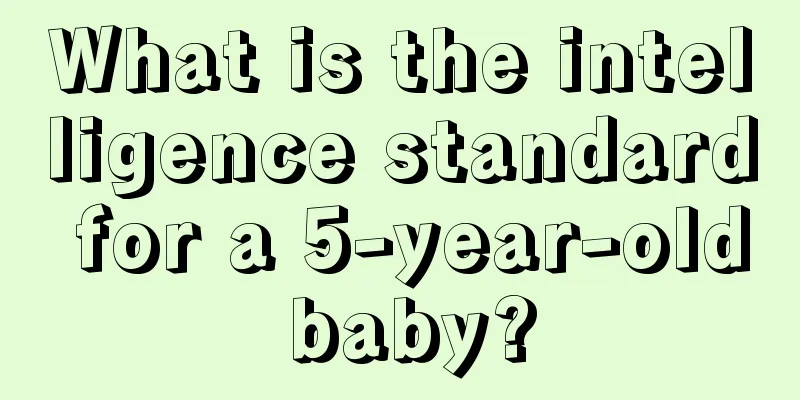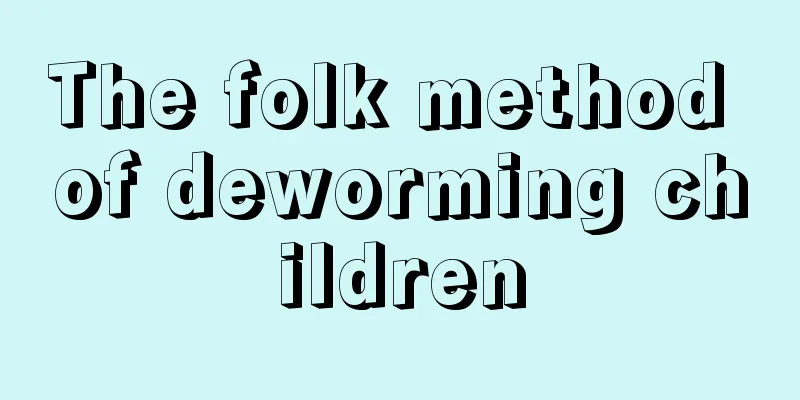What should I do if my child has a bacterial infection and cough?
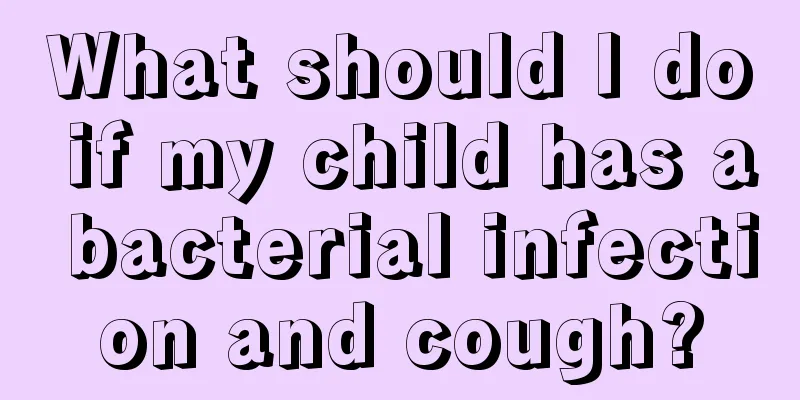
|
Children's body resistance is relatively weak. If they are exposed to certain bacteria, they can easily get bacterial infections and experience various discomforts. For example, if you often have coughs, runny noses, etc., when the cough is caused by bacterial infection, you must pay attention to it and try to treat it with some antibacterial drugs in time. Next, let’s talk about what causes children to cough and how to treat it. Pathogen treatment. Timely selection of appropriate antimicrobial drugs is the key to treatment. Attention should be paid to early treatment, adequate dosage and the use of bactericides as the main agents; generally two antibacterial drugs are used in combination, mostly intravenously; the first dose should be larger, attention should be paid to the half-life of the drug, and the drug should be administered in divided doses; the course of treatment should not be too short, generally more than three weeks, or 7 to 10 days after the fever subsides before the drug can be stopped as appropriate. Treatment of local lesions: Purulent lesions, whether primary or migratory, should be promptly punctured or incised and drained with appropriate and adequate antibiotics. For purulent pleurisy, joint abscess, etc., antibacterial drugs can be injected locally after puncture and drainage. Surgical treatment should be considered when bile duct and urinary tract infections are accompanied by obstruction. The key is to choose appropriate antibacterial drugs in time, and provide rest and adequate nutrition. Once the diagnosis is basically confirmed, treatment should be started as soon as possible. Before a positive culture result is obtained, medication can be given based on the type of pathogenic bacteria inferred from the bacterial invasion route and clinical manifestations. If a positive culture result is obtained but the treatment effect is poor, appropriate antimicrobial drugs can be selected according to drug sensitivity tests. For Gram-positive coccal infections, penicillin, erythromycin, cephalosporin, etc. can be used; for Gram-negative bacilli infections, gentamicin, amikacin, cephalosporin and semi-synthetic broad-spectrum penicillin can be used; for anaerobic bacterial infections, metronidazole is the first choice, and penicillin, chloramphenicol, chloramphenicol, etc. can also be used; if sepsis is indeed caused by fungi, amphotericin should be used. Coughing is a relatively common symptom. It may be caused by many reasons. Before treatment, it is best to identify the specific cause. If it is found to be caused by bacterial infection, it can be treated by the above methods. Usually, the child should be given more warm water to help quickly expel bacteria. |
<<: Is ADHD easy to treat in children?
>>: What to do if your child is fat?
Recommend
What is the daily diet plan for an eight-month-old baby?
Nowadays, parents are very careful in taking care...
Why does a child clench his teeth when sleeping?
Careful parents may find that their children grin...
Stool color and precautions for mixed-feeding babies
The color of the stool of babies who are mixed-fe...
What toothpaste is best for children?
What kind of toothpaste is better for children? W...
The baby has a red spot on his arm and it is hard
Parents with children will be very concerned abou...
What should I do if my child’s face turns red due to allergies?
Children's faces are often allergic. At this ...
What are the symptoms of stomach cold in children
Stomach cold is a type of stomach disease. Genera...
What are the symptoms of vitiligo in children?
Vitiligo is a very serious skin disease. Many peo...
What should I do if water gets into a newborn's ears while swimming?
Nowadays, babies have swimming time as soon as th...
What should I do if my child has a fever?
There are many causes of fever, mainly various in...
What to do if your baby has indigestion
Our baby’s health always comes first in every fam...
Why do children often have fever?
When every child is young, parents will be partic...
What medicine should be used for baby's eyelid eczema
For us adults, as long as some diseases can be cu...
What are the symptoms of teething in babies?
In fact, the teething period is really important ...
The reason why babies like to kick the quilt
It is very common that babies always like to kick...


